Inside This Article
In the singing tradition, we talk a lot about support; supporting the voice. And usually that is described as breath support. This can mean many things and is talked about and imparted to singers in many ways.
What breath support is or is not could (and should) be the topic of a separate essay or blog. It’s one of those things that you know it when it happens, you can feel it, you can hear it. But, it can be, at the same time, elusive and ephemeral. From a somatic point of view, it must have something to do with proportional use of the self – a balance of breath, tone, intention and movement.
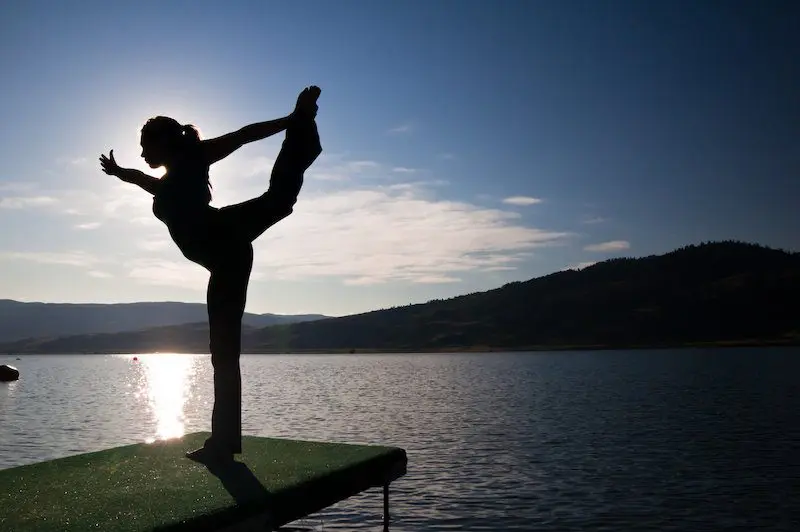
But, what I’m interested in exploring here is just one word, the word support itself without coupling it with breath. Because when we do that we can take a journey deeper into the bodily experience from skin support, to muscular support to bone support to brain support – a wonderful realm of simplicity and mystery alike.
How the Bones Support your Singing
When I think of support, I think of the skeleton. I think of the bones. These beautiful sturdy, but porous and alive structures that form the firm foundations for our frame. If you remove – imaginarily – skin, muscle, sinew and nerve, you have the bones which, in themselves lay out a logic for movement and action. It’s all there, in the bones.
As one of my online classes is called, SECRETS IN THE BONES, the bones in their shapes and structures hold the keys to how to move, how to organize our organism – for any action. Why are they shaped as they are? Why this prominence here and that curve there? The bones tell us how to move, how to be.
There are three layers to this bone story, when it comes to voice:
1. Skeletal support
2. Boney resonance
3. Invisible bones
I have written extensively on these three topics – with accompanying exercises – in the article I wrote that was published in VOICE AND SPEECH REVIEW in 2019 entitled, BARING THE BONES: MAKING THE SHIFT FROM A MUSCULAR TO A SKELETAL PARADIGM IN VOICE TRAINING. For a deeper dive into these ideas, go check out the article!
I’ll focus, here, on the first aspect, skeletal support.
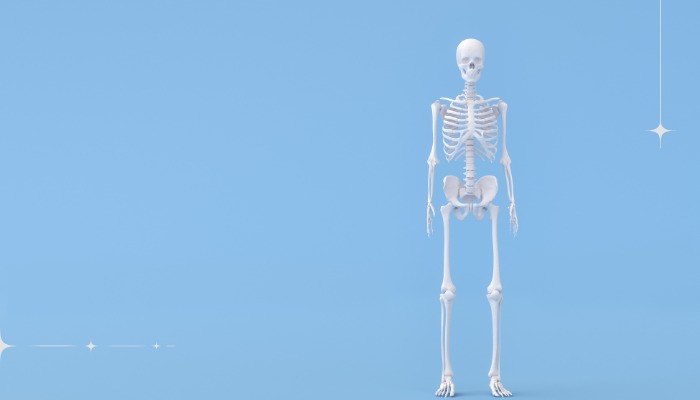
Skeletal Awareness and Organization for Singing and Speaking
One idea that Dr. Moshe Feldenkrais had and based much of his somatic learning method upon was that the bones are sufficient enough to support the frame, in an upright position or otherwise, when they are used in relation to gravity efficiently and with awareness.
When this occurs, the muscles are not needed to be so activated as to “hold up the skeleton” and can then be free to move it. In short, bones support the frame by transmitting the force of gravity through them and the muscles move them around.
Bones support the frame by transmitting the force of gravity through them and the muscles move them around
If you believe that muscles are supposed to support the skeleton, then you’ve got it the other way around. And if one falls into this “muscular support” paradigm (physically and/or theoretically) then one is doomed to a life of hard work – the hard work of turning muscles into bones (hardened and rigid structures) when we already have bones that can do that for us, simply and easily.
Feldenkrais contended that, when upright in a standing position, we only needed minimal muscular engagement in the lower legs (because of the bends in the ankles) and the upper spine (to keep the head from falling). Otherwise, the bones could play a game of movable Jenga – balancing and re-balancing atop each other in space with minimal muscular fixity. The joints between the bones play a role in this process too – like links and spaces between the bones – that also lend support and connection.
Rapping the Bones
One of my favorite Feldenkrais lessons (ATMs) plays with this idea brilliantly, “Rapping the Heels,” in which one, in standing, bounces on the heels with the legs in various configurations sensing the counter-force of the “thud” of the heels hitting the floor reverberate up though the entire skeleton, up through the skull. When this lesson is finished, one feels like a skeleton alone, as if the skin and bones have melted away – taking with them the tension and work they tend to hold – and one moves as if floating.
Because, you see, when you organize yourself skeletally, what emerges is not, as one might expect, a heavy, preponderous sense, but an extraordinarily light and floating quality – as if underwater, as if returning to the flowing, hovering feeling of being in the ocean where these bones first evolved. It’s glorious. A return to sea on land.
And singing and speaking in the context of this kind of skeletal awareness and organization is also glorious. It’s as if everything else just takes care of itself. The sound moves freely, the breath fits.
There is connection.
There is expression.
There is abundance.
There is space.
There is transcendence.
Experience Bone Support for your own Singing
So, if you want to actually experience some of this for yourself, check out THE SINGING SELF PROGRAM. I have several bone-related series (SECRETS IN THE BONES; SINGING THE BONES ALIVE, etc.) and, really, the bones are always there and each lesson clarifies them and brings us closer and closer to this skeletal organization of self, movement, sound and thinking.

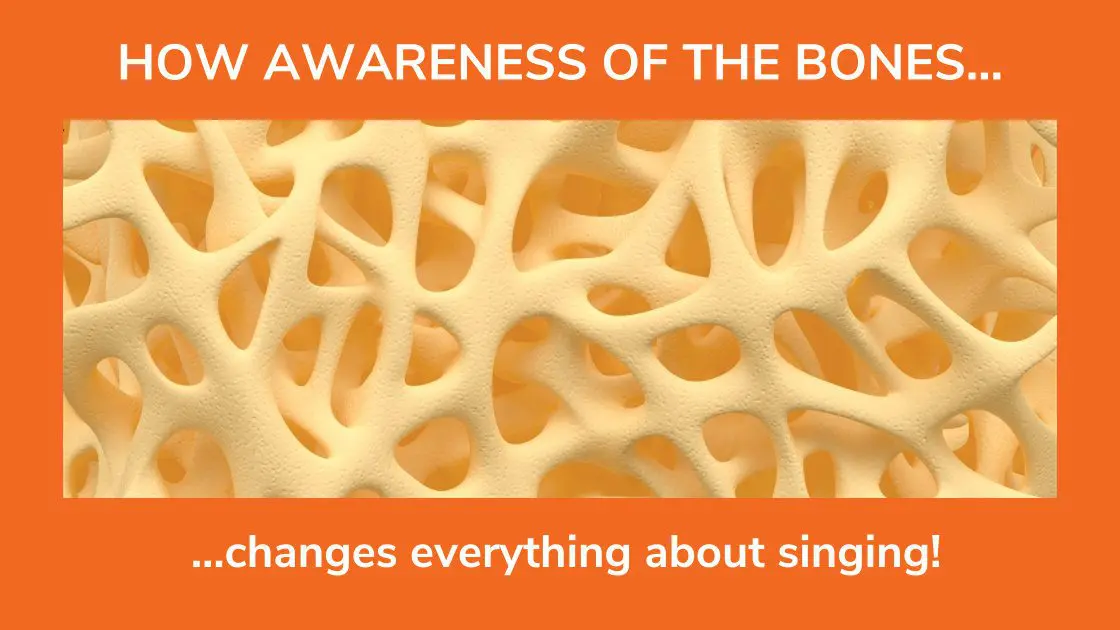
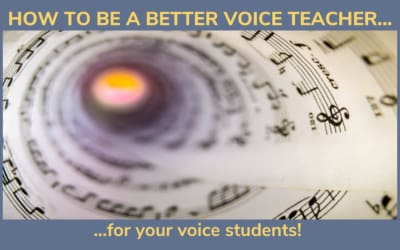
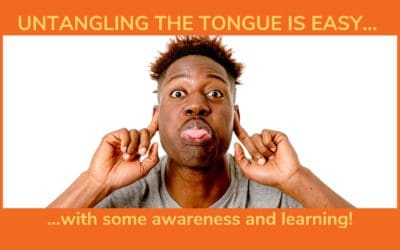
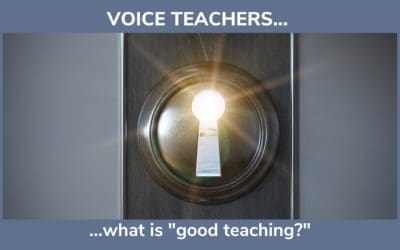
Oh, Robert, this is beautiful! I have tears in my eyes.
Thank you, Robert, for putting this so well. I am a recent Feldenkrais grad, and a singer, teacher myself. I love this exploration and appreciate it so much. I went to the link for the full article and was saddened that I couldn’t get farther than the “teaser” before the site required $47 to continue. Is that really the only way to see your full article?
(I am greatly enjoying your blog and materials, and am very interested in talking with you further about your programs.)
Thank you for your kind attention.
Your incite into the voice is amazing and genius.